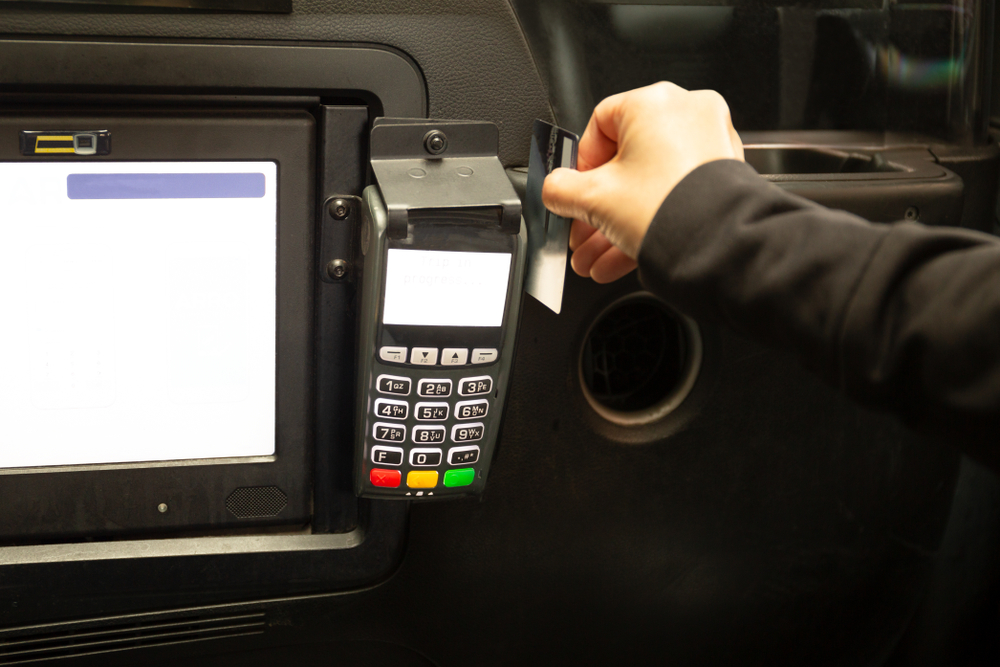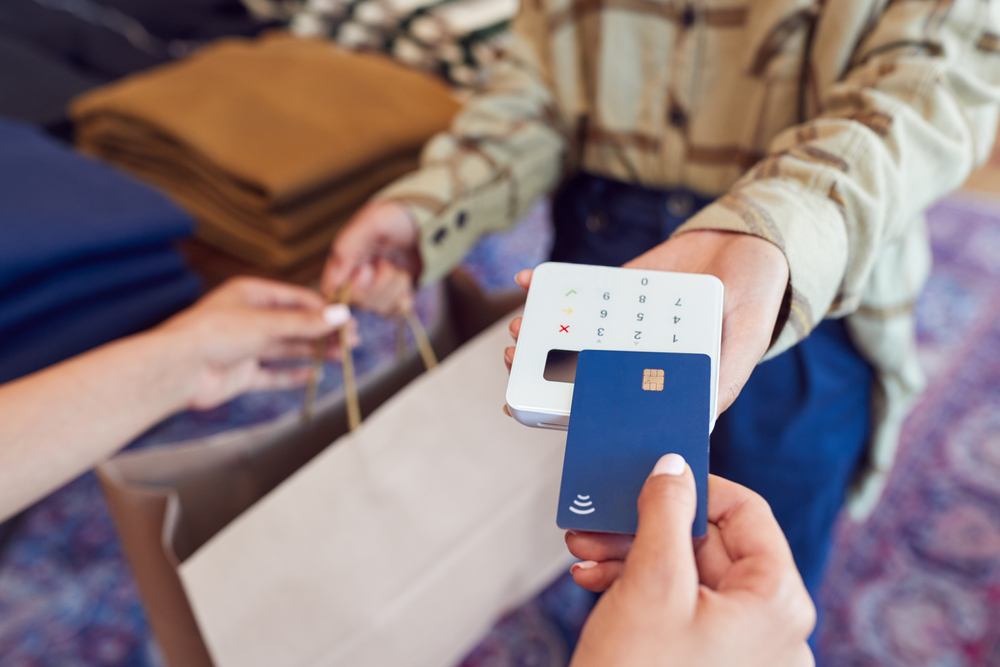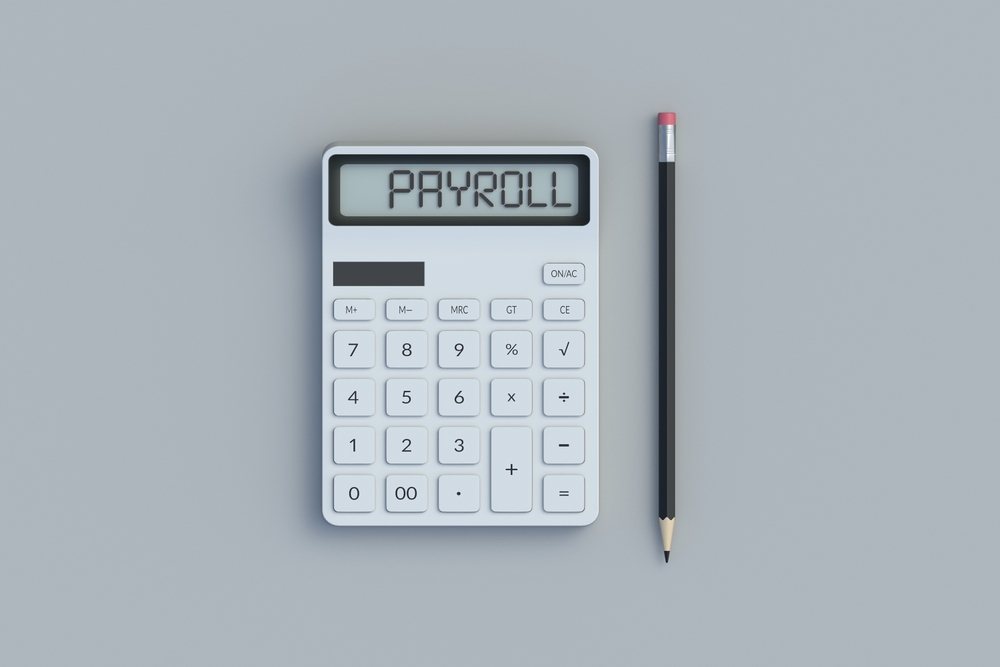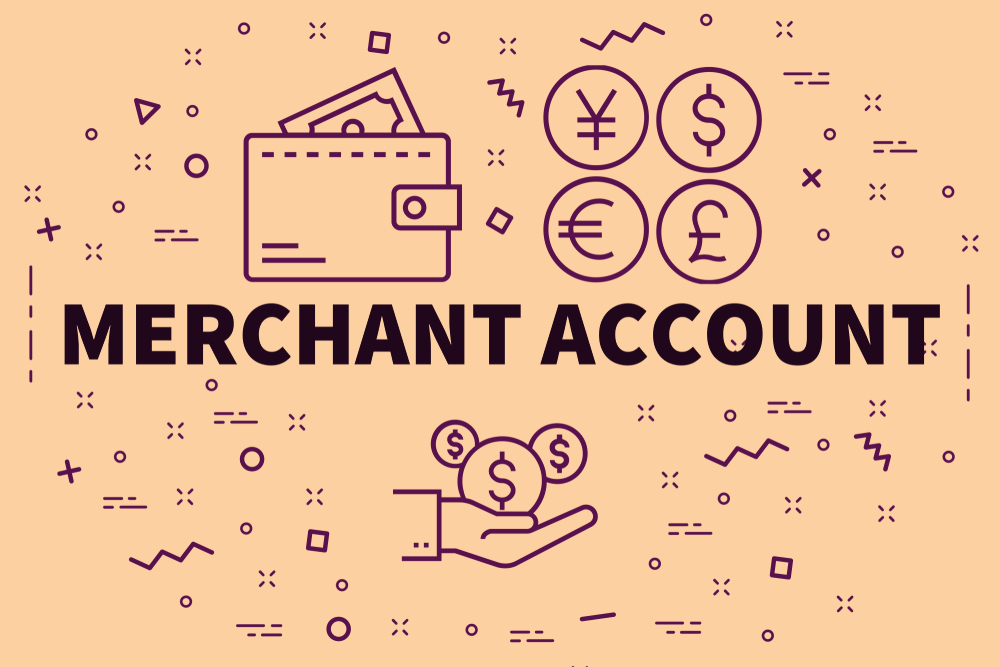Is Chip And Pin Coming To An End?
If you regularly buy things with a credit or debit card, you’ve probably noticed you’re not using chip and pin as much any more. It was a common part of everyday transactions for years, but it’s gradually fading. We’re willing to bet you paid for your last few purchases using contactless payment or an app on your phone like Samsung Pay. Except for those rare occasions where there’s an error or the cost exceeds the contactless limit, chip and pin payments are becoming less popular.
But is it genuinely the end of chip and pin? Here at Business Quotes, we always like to keep abreast of the latest industry developments and it does look as though it might be becoming obsolete. However, it’s a little more nuanced than that. Let’s look at what the possible phasing out of chip and pin means for businesses, especially with how it impacts your card payment machines.

A Brief Overview Of Chip And Pin
It’s worth taking a moment to look back and remember what we had before chip and pin was introduced. Customers completed transactions by swiping their debit or credit card through a reader on the side of a card machine. This would then print a receipt and they would have to sign it before the retailer compared the signature with the one on the back of the card.
This worked, but it was also open to abuse. If someone stole your card and could convincingly forge your signature, you could lose lots of money unless you quickly contacted your bank. Plus, it was easy for retailers to fall into the habit of not checking signatures properly, especially if they had lots of transactions to process.
The introduction of chip and pin was partly intended to combat fraud. A stolen credit card is useless if the thief doesn’t know the unique four-digit pin and at first, this helped cut down fraud. Unfortunately, the criminals adapted and found new ways to beat this. A technique known as ‘skimming’ (involving devices fitted to cash points) resulted in £43 million being lost in 2014 alone.

Contactless Payments
Chip and pin was ubiquitous for a while, but it’s now being overtaken by contactless payments. This method is older than you might think, the earliest recorded contactless transaction was in 1995 in South Korea, but it really started to take off in the late 2010s. It was quick, efficient and very easy, and the increasing threshold for contactless payments helped too. As the decade ended, the limit was £30, but when the coronavirus pandemic escalated, it was raised first to £45 and then £100.
Alongside this, more payment options found their way into the public consciousness. We can now use apps on our phones or Smart Watches to pay for things. It’s entirely possible to leave all your cards and cash at home, pop into your local pub and enjoy a few pints without breaking any laws.
Is This The End?
So, is this the end of chip and pin? It does appear that way; it’s used in fewer than 10% of all transactions and some of the older EPOS systems like the Verifone VX 820 are being phased out. However, while support for chip and pin is dwindling, it’s unlikely to disappear entirely.

Let’s not forget that the predecessor to chip and pin is still around. We doubt you’ve swiped one of your payment cards more than a handful of times in the last five years, but the option is still there. It’s mainly used as a backup if there’s a problem with the other methods, but there’s one or two old-fashioned folks around who prefer it. A similar fate likely awaits chip and pin.
Curiously, it’s also evolved into another barrier against fraud. As the spending limits for contactless have gone up, day-to-day transactions have gotten easier but it’s also made us more vulnerable. A stolen card could theoretically be used for multiple payments before you realised it’s missing, so banks have built-in security limits. If you’ve ever enjoyed a busy shopping day, you might have noticed that after a few expensive purchases, you’ve had to use chip and pin. This is to reassure the bank that yes, the card is still in your possession and being used legally.
In conclusion, while chip and pin is certainly not as popular as it once was, it’s a bit premature to claim this is the end. It’s still useful for higher-value purchases and as an occasional check against fraud. Plus, there’s always going to be a few people who insist on using it because it’s what they’re comfortable with.
So, if you’re a business owner wondering about whether your next card machine needs to include chip and pin functionality, we would still recommend it. If you want to find the best one, you’ve come to the right place. At Business Quotes we’ve helped all manner of businesses find the right equipment, so click on the option below and let’s identify the perfect card machine for you.
Categories: Advice, Card Machines, General
Tags: card machines, card payments, chip and pin, credit card machines, small businesses




